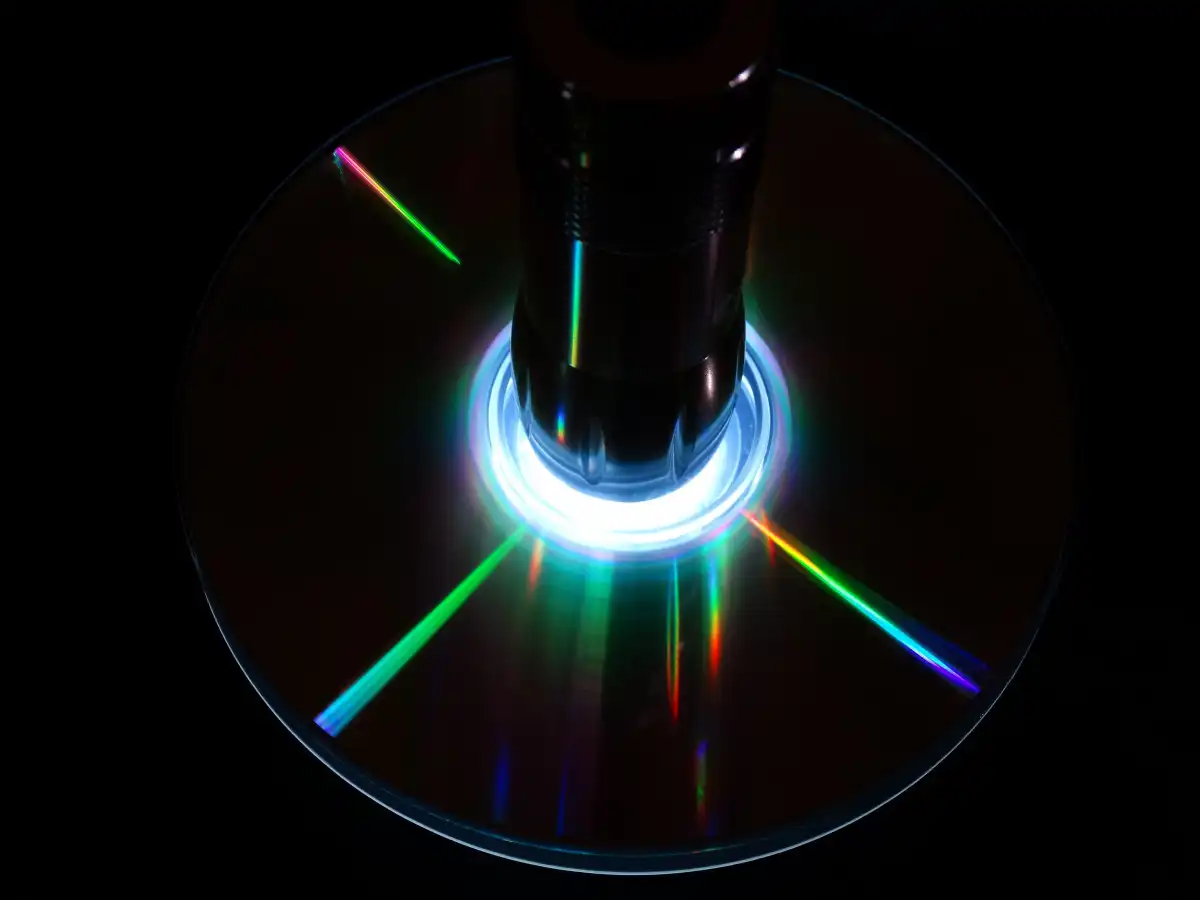The Pandemic Landscape
COVID-19, an unsettling name in the global panorama, pushed medical communities to their boundaries. Nations struggled in efforts to conduct large-scale testing of its citizens to control the spread. Novel technologies like AI have been a beacon of hope in these challenging times, one of which is the ability to detect COVID-19 from chest X-rays with astounding accuracy.

Conventional testing methods were often capable of delivering results in a few hours to days. They had to deal with overload and resource shortages, contributing to a delay in diagnosing the virus spread. This situation urged urgency in looking for an alternative that can provide accurate and fast results.
AI: A Savior in Testing Times
AI played a pivotal role in easing out the challenge. The incorporation of AI into healthcare systems significantly reduced the workload of doctors and increased speed and precision in disease detection. One recent novel application is the implementation of AI tools for detecting COVID-19 from chest X-rays effectively.
The novel tool developed in the joint collaboration of the hospitals and universities from Italy, Brazil, and Poland, utilizes AI to analyze chest X-rays of patients. The AI can determine if a patient is COVID-19 positive or not within seconds with an accuracy rate of over 95.6%. This result overshadowed the previous results of radiologists detecting COVID-19 from X-rays, which was approximately 70-80%.
The Working of the AI
This AI tool utilizes a machine learning model that has been trained on a dataset of 3,000 images, a collection of both COVID-19 positive and negative individuals. This massive data aids the AI to efficiently distinguish the subtle features in the chest X-rays, thereby identifying the COVID-19 virus.
The machine learning model of the AI tool is equipped with the progressive learning feature. This feature allows the AI to finetune its decision-making by learning from every new X-ray analyzed, thereby enhancing its accuracy over time.
Need of the Hour
Before this innovation, doctors had to visually inspect the X-rays. This task was not only time-consuming, but it also had an increased risk of error, specifically when conducted by less experienced professionals. Furthermore, doctors were not able to detect marginal abnormalities. Now, AI could perform the same tasks in seconds and with higher efficiency while detecting even the slightest abnormalities.
The AI tool can be integrated into common radiology software, making the widespread adaptation feasible in different healthcare settings. More than just saving precious working hours of medical professionals, this tool helps save more lives by providing an early diagnosis.
The Noteworthy Impact
With a new testing tool in hand, the medical fraternity has the opportunity to alleviate some of the anticipatory anxiety associated with the virus's spread. Expediting the testing capabilities can drastically reduce the time lags between suspecting infection and confirming a diagnosis. This efficiency can contribute to more efficient preventive measures, including isolation and contact tracing.
Moreover, a more accurate testing procedure will allow for a more realistic and factual representation of the pandemic's true scope. This accuracy will also help mitigate misinformation and unnecessary apprehensions among the general population.
A Glimpse of The Future
In a broader perspective, this AI application is not just timely for the current situation but a stepping stone for future developments. The success of this AI tool shows the potential for even more utility in diagnostic medicine as machine learning and AI continue to evolve.
In the future, it could be used to detect various pulmonary diseases with slight modifications in the AI model. This transition could potentially revolutionize the entire healthcare industry, affirming the concept of faster, accurate diagnosis and more enlightened decision-making.